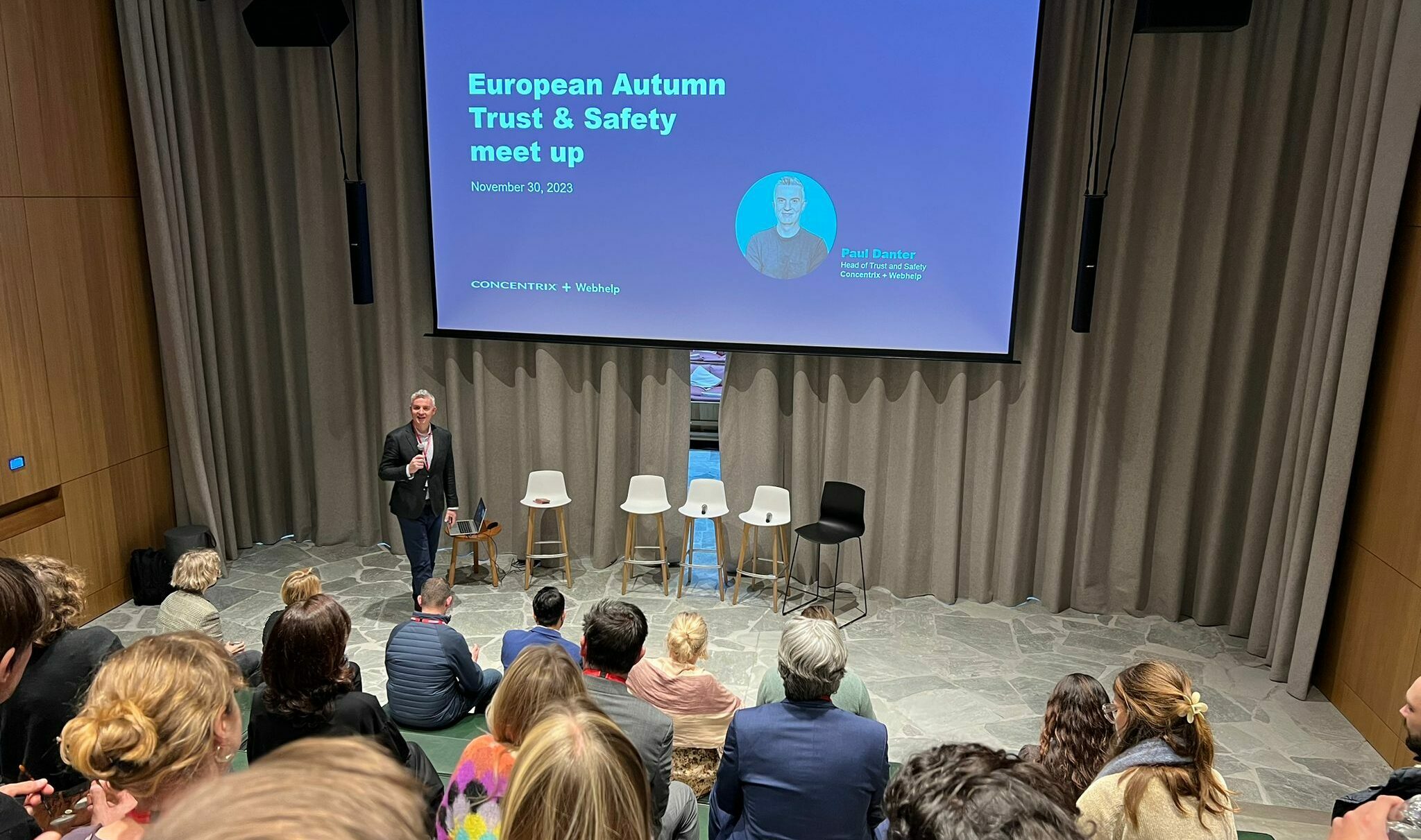SHARE
Modern customer service solutions need flexibility and scalability.
In fact, 99% of CX leaders say they are important factors. Traditional customer service solutions based in physical contact centers almost always struggled with seasonal peaks – partly because you can only get so many people into an office. Today, seasonality and challenging business peaks are now just an accepted feature of the business environment.
With competition for talent and consumer expectations both at an all-time high, resourcing customer experience services effectively has never been more challenging. A resilient and flexible customer service solution needs to be delivered at a time when talent is harder than ever to find. So how do we build a solution that delivers the required flexibility and also engages the advisors on the frontline?
The first step is to think about how and where the customer service solution should be delivered.
First, what kind of sourcing and shoring will be required?
Naturally this depends on questions such as the level of resilience, and your ability to locate the required skills:
- Onshore: the customer service advisors are located close to the service provider, typically in the same country or even the same state or city.
- Nearshore: the advisors are located close enough for a day trip to be possible, but potentially in a different country – for example Eastern Europe servicing customers elsewhere on the continent.
- Offshore: the advisors can be located almost anywhere internationally.

Then, where will your advisors be located for work itself?
The pandemic proved to many executives that work-from-home (WFH) solutions are not only possible, but can also be secure and more productive. Now it’s time to embrace that experience as we redefine how customer experience is designed. Will you use a contact center or allow everyone to WFH or arrange a hybrid arrangement that is more flexible?
- WFH: advisors working from their own home, no location proximity needed
- Hybrid: the ability to mix and match, so advisors can work from home, from an office, and even from other secure locations – such as an office rented for a single day.
- Contact Center: a traditional office environment for the customer service team.
By exploring the nine options this three-by-three set of options creates, it will be possible to define your initial strategy. For large organizations, these will likely span more than one box. For example, if offshoring is not appropriate for a particular process then you can compare the merits of onshore advisers with nearshoring and then look at both these choices with the different work location options.
This approach creates the possibility that you can source talent anywhere. You can build an approach to locating customer service expertise that is borderless and global. It allows you to decide where the customer service processes should be delivered, and based on the role profiles needed for a process, brand, or service – then allows for an exploration of where the best talent is located.
Flexibility in work location works well for advisors. In our recent research with Frost & Sullivan, 76% of executives said they believe that customer service advisors should be able to choose where they work. People want flexibility and it can be designed into the solution. Without this flexibility it will be a challenge to both attract and retain the best CX talent.
“Locating and attracting the best CX talent today requires the ability to offer flexibility and support. You should engage your teams constantly and center programs around their needs to create an impactful experience. You also need to show that they can develop new skills, at the same time, offering more flexible hours than a traditional contact center.” Webhelp Group Chief People Officer – Francesca Zanisi
Technology can also be used to help augment the individual team members. Artificial Intelligence (AI) can listen to customers and direct the advisor towards the next best action. Automation can reduce the need to use multiple systems – most repetitive actions can be removed. Tools like Polyglot can help agents to work across different languages – an advisor offering text support on WhatsApp can work in English, even if the customer is sending messages in a different language.
“Technology now plays a central role in creating a flexible virtual contact center that can be accessed by customer advisors from the office or their home from anywhere in the world. The consistent experience and collaboration that the right platform can provide helps to foster a shared environment for people engagement and service performance. In addition, the various technology solutions deployed in modern customer service operations can augment the role of the advisor and help them to be more effective when helping customers. This also gives the customer more options and a better experience.”
Webhelp Group CTO – Yan Noblot
Modern customer service solutions need a wide range of skills. The customer service advisor is no longer the only consideration. Network and security expertise is required. Software developers are required to build bespoke solutions and code automated systems. Data analytics and AI is required to create insight into customer behavior and preferences.
For all these reasons, accessing CX talent is no longer about just finding a steady supply of advisors for your contact center. The solution requires a wide array of skills and people that want more flexibility in their work location and hours. By blending individual locations and using a strategy, you can create the best combination of flexibility for the customer service employees and a resilient customer service operation.
A recent paper explains the Webhelp Anywhere methodology and the Frost & Sullivan research in more detail.

![[Fashion] Choosing the right partners to grow your business in 2024, at a time when trust is fragile](https://media.webhelp.com/wp-content/uploads/2023/12/21090253/Office-Showcase-2.png)


